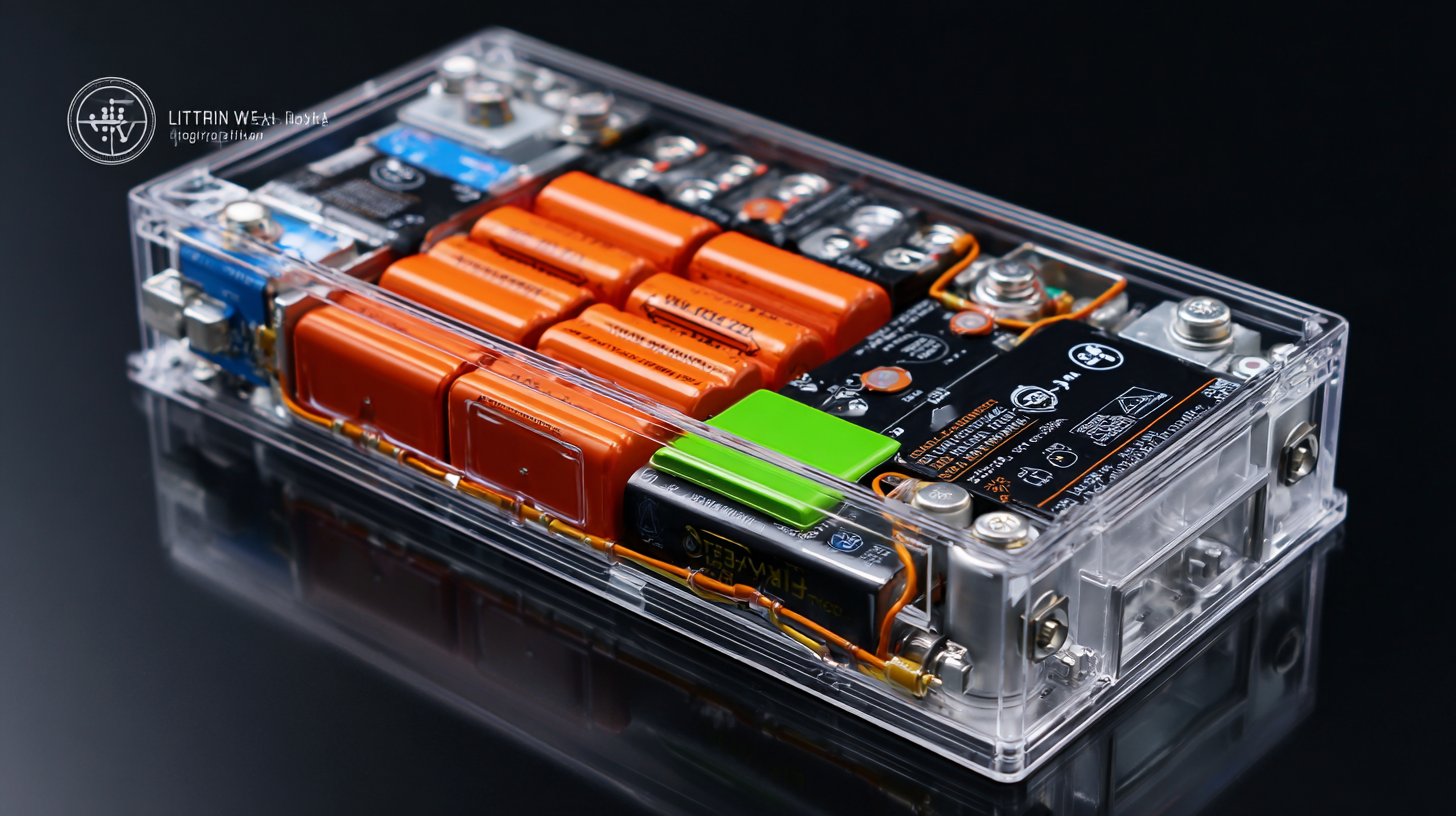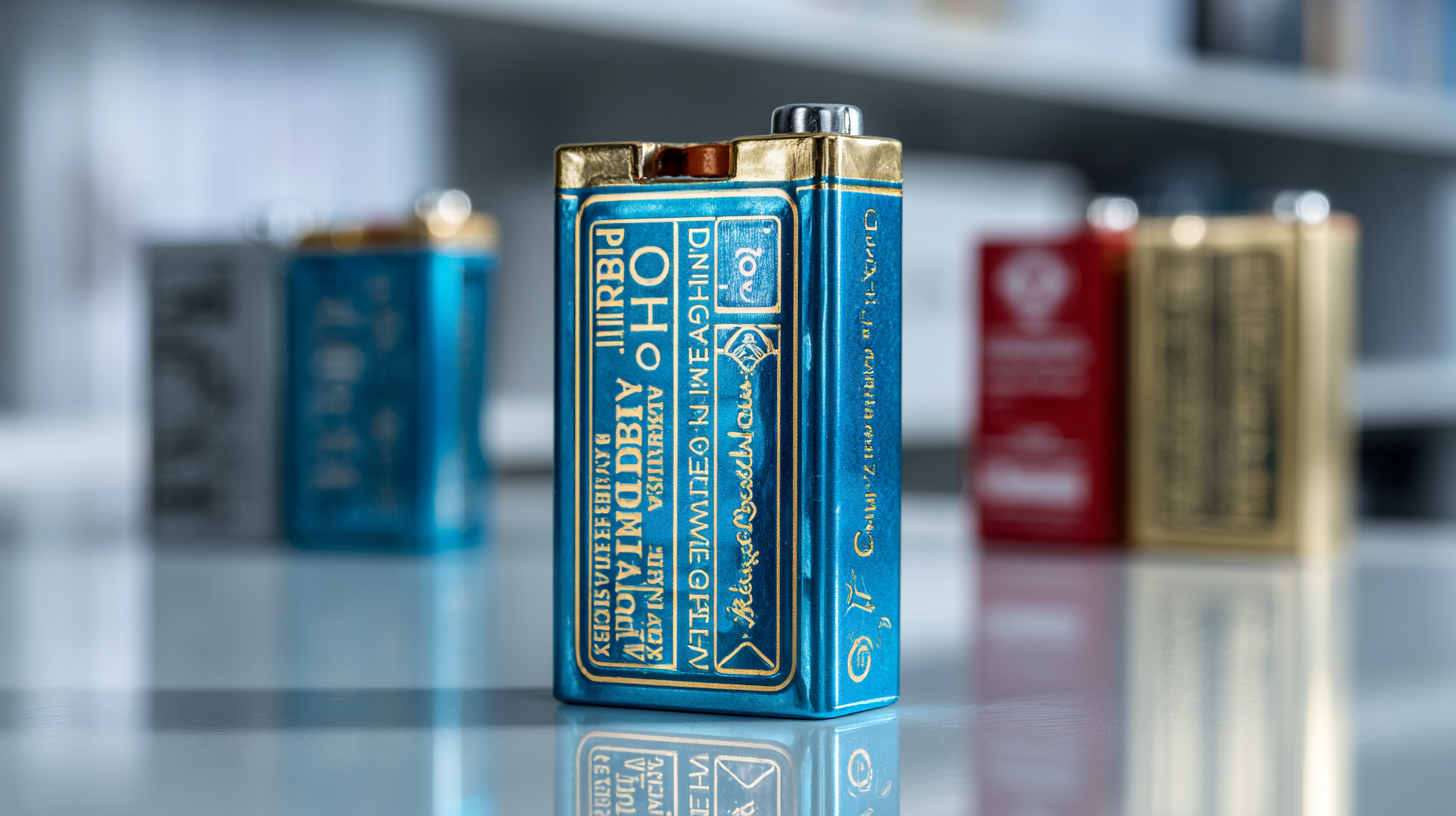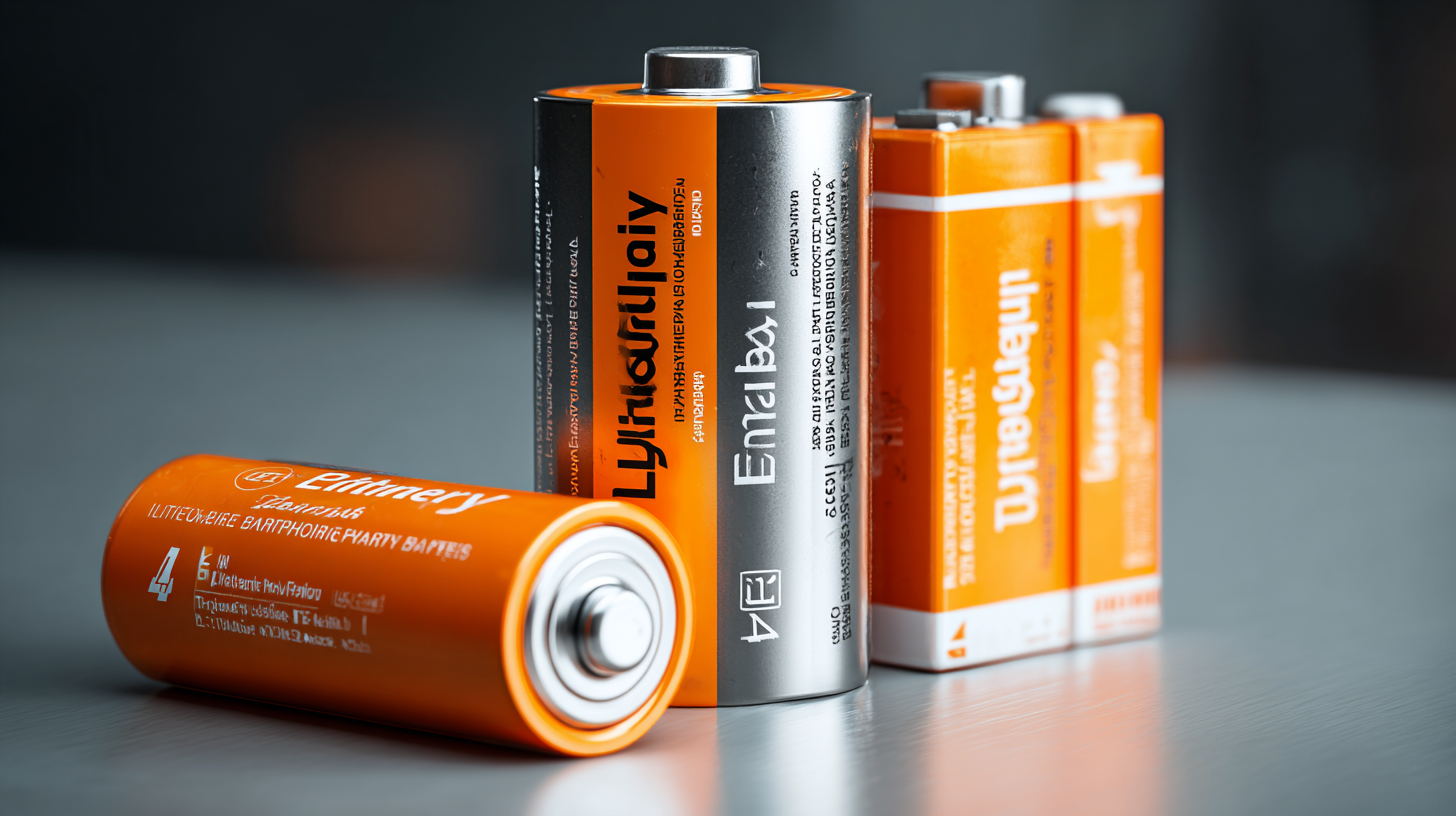Discover the Leading Examples of Best Lithium Iron Phosphate Batteries for Global Buyers
In recent years, the demand for Lithium Iron Phosphate Batteries (LiFePO4) has surged, driven by their exceptional safety, longevity, and environmental benefits. According to a report by MarketsandMarkets, the global lithium iron phosphate battery market is expected to grow from USD 2.3 billion in 2020 to USD 7.4 billion by 2025, at a compound annual growth rate (CAGR) of 26.5%. This growth highlights the increasing recognition of LiFePO4 as a preferred choice for electric vehicles, energy storage systems, and various industrial applications. As buyers navigate this burgeoning market, selecting high-quality manufacturers becomes essential to ensure reliability and efficiency. This blog will explore leading examples of the best lithium iron phosphate batteries available today, along with key strategies for identifying reputable manufacturers that meet rigorous industry standards.

Leading Lithium Iron Phosphate Battery Brands to Watch in 2025
As the demand for efficient and sustainable energy storage solutions continues to rise,
lithium iron phosphate (LiFePO4) batteries are set to dominate the market,
with various leading brands emerging on the horizon for 2025. According to a recent report by Grand View Research,
the global lithium iron phosphate battery market is anticipated to grow at a compounded annual growth rate (CAGR) of
20.5% from 2020 to 2027. This impressive growth is fueled by the increasing
adoption of electric vehicles (EVs) and renewable energy systems, highlighting the importance
of high-performance battery technology.
Top brands to watch in 2025 include CATL, BYD,
and A123 Systems. CATL, the world’s largest battery manufacturer, is making significant strides
in LiFePO4 technology to enhance energy density and thermal stability, appealing to the growing EV segment. Meanwhile, BYD’s commitment
to sustainable energy initiatives has positioned them as a formidable contender in the LiFePO4 market, offering batteries that boast
longer life cycles and reduced charging times. A123 Systems continues to innovate in the field, emphasizing safety and reliability
in their battery designs. As these brands advance their technologies, global buyers will have an array of high-quality options
to choose from in the rapidly evolving landscape of lithium iron phosphate batteries.

Key Performance Metrics to Consider When Choosing LFP Batteries
When selecting Lithium Iron Phosphate (LFP) batteries, several key performance metrics should be carefully considered. First and foremost is the battery’s
energy density, which indicates how much energy can be stored relative to its weight. This is particularly crucial for applications in electric vehicles and portable devices, where weight plays a significant role in overall performance. A higher energy density allows for
longer usage times and greater efficiency in energy consumption.
Another critical metric is the
cycle life of the battery, which refers to the number of charge and discharge cycles the battery can undergo before its capacity significantly diminishes. Lithium Iron Phosphate batteries are renowned for their
longevity, often surpassing 2000 cycles, making them a cost-effective option in the long term. Additionally, one should consider the thermal stability and safety aspects, as LFP batteries are less prone to overheating and thermal runaway compared to other lithium-ion chemistries. This becomes increasingly important in ensuring reliability and safe operation across various applications, from renewable energy storage systems to consumer electronics.

Innovative Technologies Shaping the Future of Lithium Iron Phosphate Batteries
Innovative technologies are rapidly reshaping the landscape of Lithium Iron Phosphate (LiFePO4) batteries, paving the way for higher efficiency and enhanced functionality. One significant advancement is the development of advanced electrode materials that improve energy density and thermal stability. These new materials not only extend the lifespan of the batteries but also ensure safety, which is paramount for applications ranging from electric vehicles to renewable energy storage systems.
Another groundbreaking innovation is the integration of smart battery management systems (BMS) that utilize artificial intelligence and machine learning algorithms. These systems enable real-time monitoring of battery health and performance, optimizing charging cycles and predicting maintenance needs. This level of sophistication helps reduce downtime and promotes more efficient energy usage, ultimately driving the widespread adoption of LiFePO4 batteries in various sectors. As industries continue to push for sustainability, these technological advancements are critical in making lithium iron phosphate batteries a preferred choice for global buyers seeking reliable and eco-friendly energy solutions.
Comparative Analysis of Global Lithium Iron Phosphate Battery Suppliers
When navigating the vast landscape of lithium iron phosphate (LiFePO4) batteries, understanding the most reputable suppliers is key for global buyers. In this comparative analysis, various leading manufacturers are examined based on critical factors such as performance, pricing, and customer service. Noteworthy suppliers like A123 Systems and CATL have emerged as frontrunners, showcasing innovation and reliability, which are essential attributes for any battery application—from electric vehicles to renewable energy storage solutions.
Tips for buyers include evaluating the energy density and cycle life of the batteries before making a purchase. Higher energy density means better efficiency and longer usage time, while an extended cycle life ensures the longevity of your investment. Additionally, consider the supplier’s warranty and support services; strong after-sales support can make a significant difference in maintaining battery performance over time.
Another important aspect is to assess the sustainability practices of the suppliers. Opting for manufacturers that prioritize environmentally friendly production processes can contribute to more sustainable energy solutions. This not only enhances the image of your brand but also supports the global push for greener technology, making it a win-win for both buyers and the planet.
Sustainability Trends Impacting the Lithium Iron Phosphate Battery Market in 2025
As the world shifts towards sustainability, the lithium iron phosphate (LiFePO4) battery market is evolving rapidly. The increasing emphasis on renewable energy sources and electric vehicles by 2025 will significantly drive the demand for these batteries. These batteries not only offer a longer lifespan and increased safety but also align with the growing consumer preference for eco-friendly technologies.
One critical trend is the focus on recycling and second-life applications of batteries. Companies are investing in innovative techniques to reclaim valuable materials from used batteries, which can lead to a circular economy model. Sustainability is crucial for attracting more global buyers who prioritize environmentally responsible products.
**Tips for Buyers:** When considering lithium iron phosphate batteries, look for brands that emphasize sustainable practices. Check for certifications or partnerships with recycling initiatives. Additionally, understanding the battery's lifecycle can help you make more informed decisions that contribute to a more sustainable future. Prioritize suppliers who are transparent about their environmental impact and commit to reducing carbon footprints.
